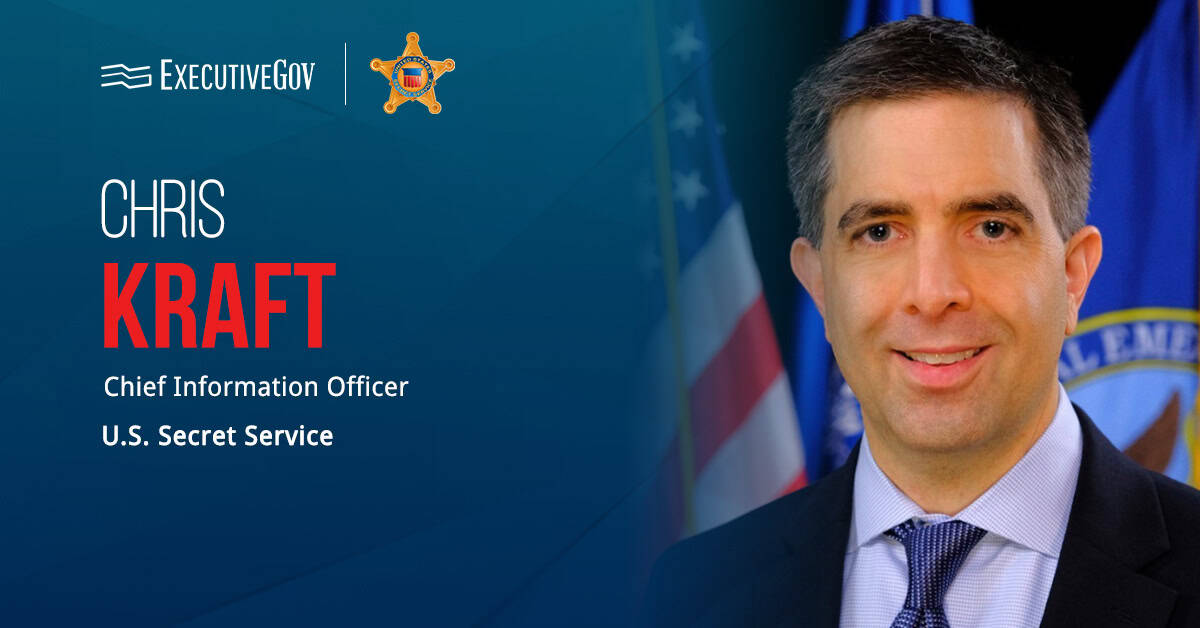The Office of Space Commerce has named the commercial partners that accepted orders for space situational awareness services as part of the Traffic Coordination System for Space, or TraCSS, pathfinder project.
The OSC said Wednesday the companies that agreed to provide SSA data in low Earth orbit and geostationary Earth orbit are COMSPOC, ExoAnalytic Solutions and Slingshot Aerospace. Orders to serve as data quality monitors for LEO and GEO observations were accepted by Kayhan Space and SpaceNav.
The project aims to determine if satellite positions and trajectory data, or ephemeris, based on self-reported information gathered by satellite owners/operators are effective in tracking satellites more accurately. This is necessary to prevent possible satellite collisions.
The OSC will use the results of the pathfinder project to enhance the TraCSS system.





